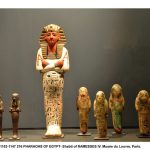Bringing History to Life: Cairo, Egypt’s Al-Aqmar Mosque’s Exterior Façade
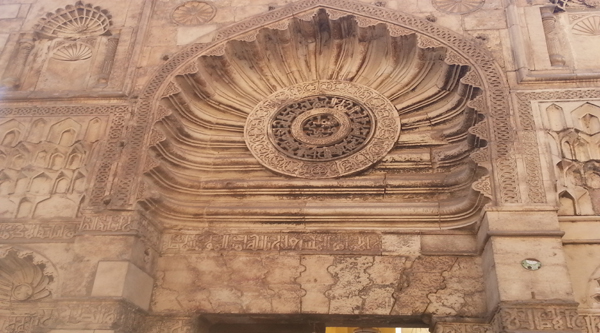
In the bustling heart of Cairo, Egypt, along the historic al-Mu’izz Street, stands a remarkable testament to Fatimid architecture and Islamic artistry—the al-Aqmar Mosque. Built in 1125-6 CE by the Fatimid vizier al-Ma’mun al-Bata’ihi, this neighborhood mosque has captivated scholars and visitors alike with its exceptional exterior façade and innovative floor plan, making it a pivotal monument in the architectural landscape of historic Cairo.
The al-Aqmar Mosque, also known as “the moonlit mosque” (al-jami’ al-aqmar), derives its name from the shimmering quality of its façade under the moonlight, a poetic tribute to its aesthetic allure. Situated on what was once the main avenue and ceremonial center of Cairo, near the former Fatimid caliphal palaces, the mosque occupies a strategic location that underscores its historical and cultural significance.
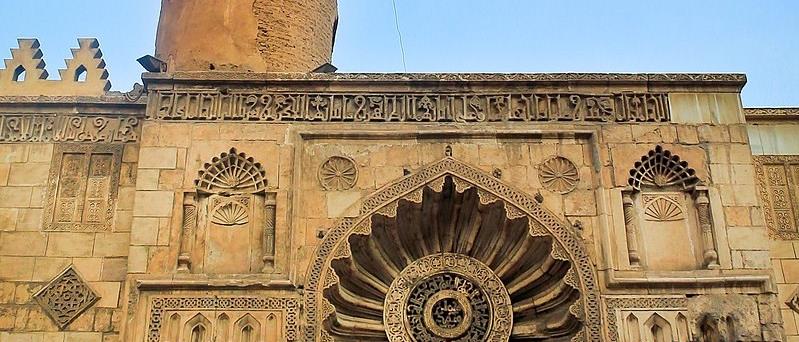
The exterior façade of the al-Aqmar Mosque is a masterpiece of Islamic decorative art, characterized by intricate carvings, geometric patterns, and calligraphic inscriptions that adorn its surfaces. These elements reflect the artistic achievements and architectural innovations of the Fatimid era, highlighting their mastery in blending aesthetic beauty with spiritual symbolism.
The innovative floor plan of the mosque further distinguishes it from contemporaneous structures. Designed to accommodate worshipers efficiently while maintaining architectural harmony, the layout of al-Aqmar Mosque exemplifies the Fatimid commitment to functional design alongside artistic expression.
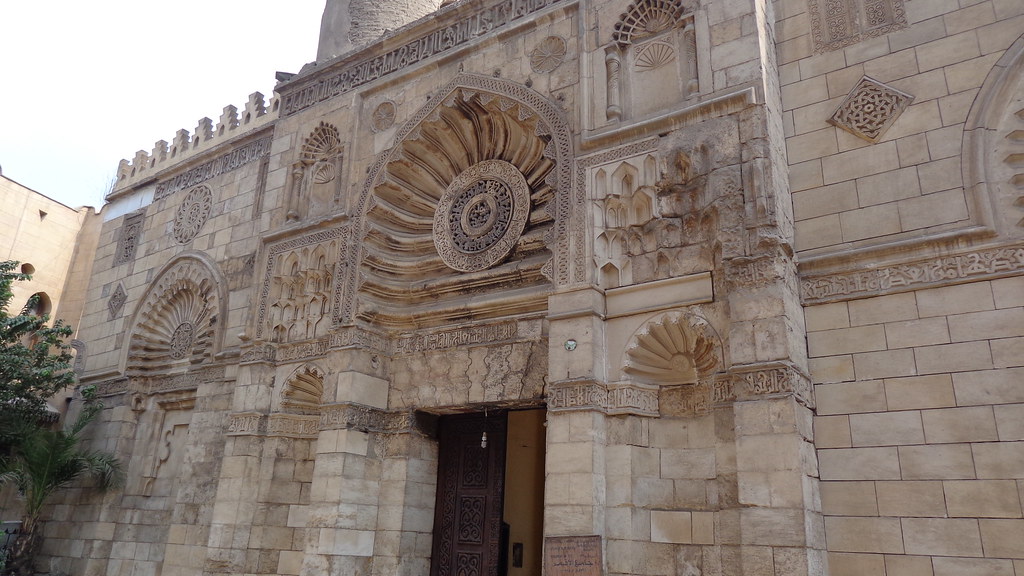
Beyond its architectural and decorative merits, the al-Aqmar Mosque serves as a cultural and historical beacon, offering insights into the religious and social fabric of medieval Cairo. As a neighborhood mosque, it provided a spiritual center for local residents while also serving as a visual and spiritual anchor within the urban landscape.
Today, the al-Aqmar Mosque continues to attract scholars, historians, and admirers of Islamic art and architecture from around the world. Its preservation and ongoing study contribute to our understanding of Fatimid culture, urban development in medieval Cairo, and the evolution of Islamic architectural styles across different periods.
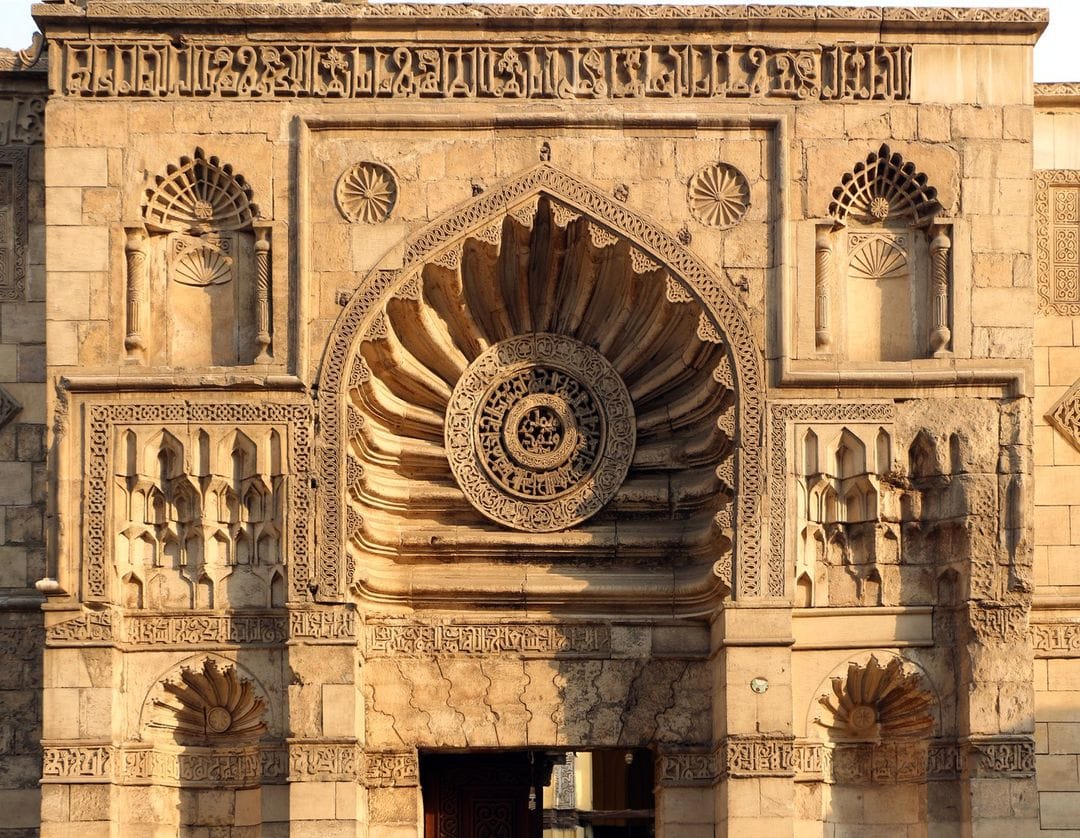
Visitors to the al-Aqmar Mosque are greeted not only by its exquisite façade and innovative design but also by a palpable sense of reverence and historical continuity. As one navigates through its intricately carved entrance and explores its serene interior, there is a profound appreciation for the enduring legacy of Islamic civilization and the timeless beauty encapsulated within this architectural gem.
In celebrating the al-Aqmar Mosque, we celebrate not just its physical form but also the spirit of creativity, ingenuity, and cultural exchange that defined the Fatimid era and continue to inspire admiration and scholarly inquiry today.






